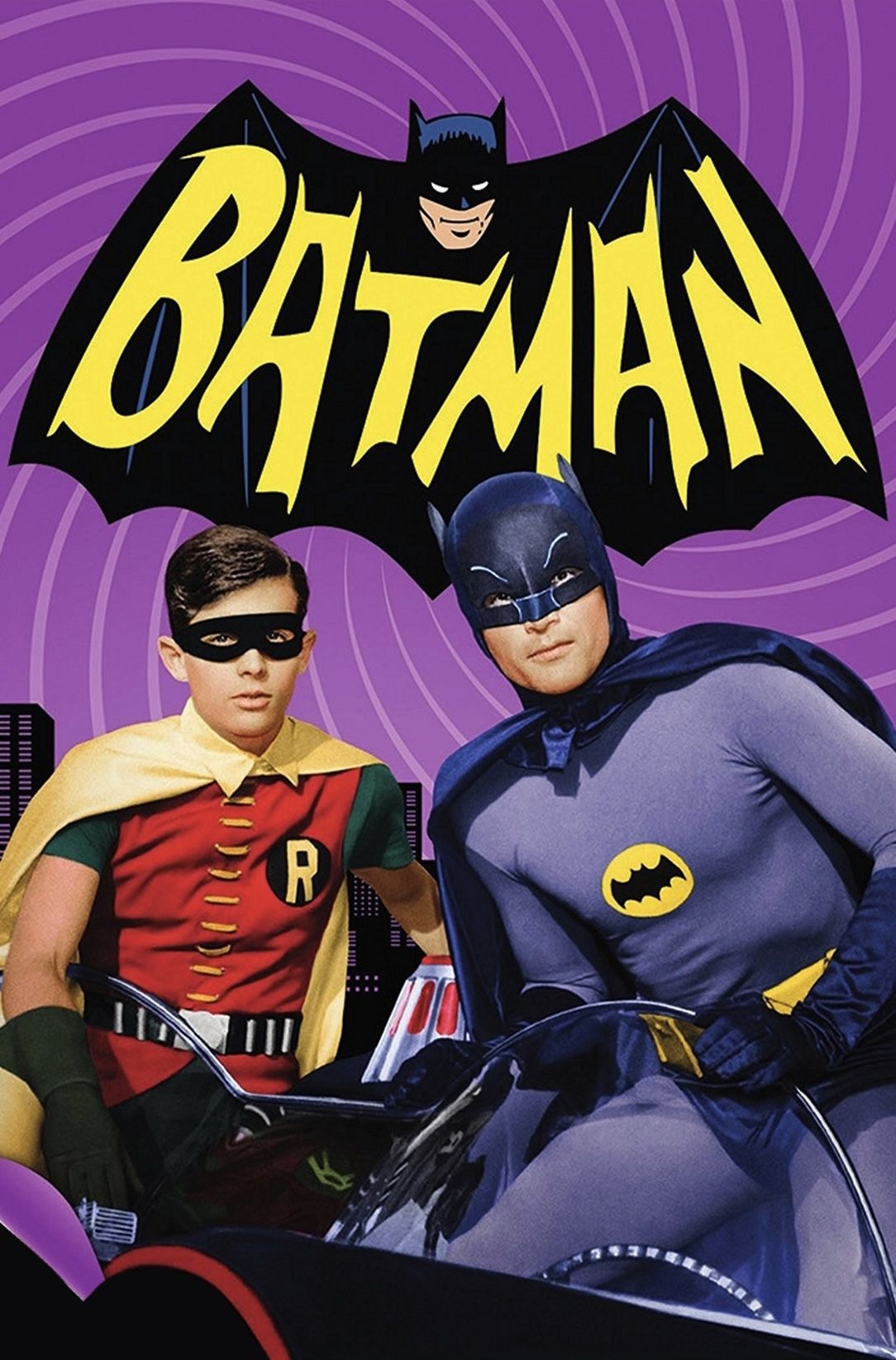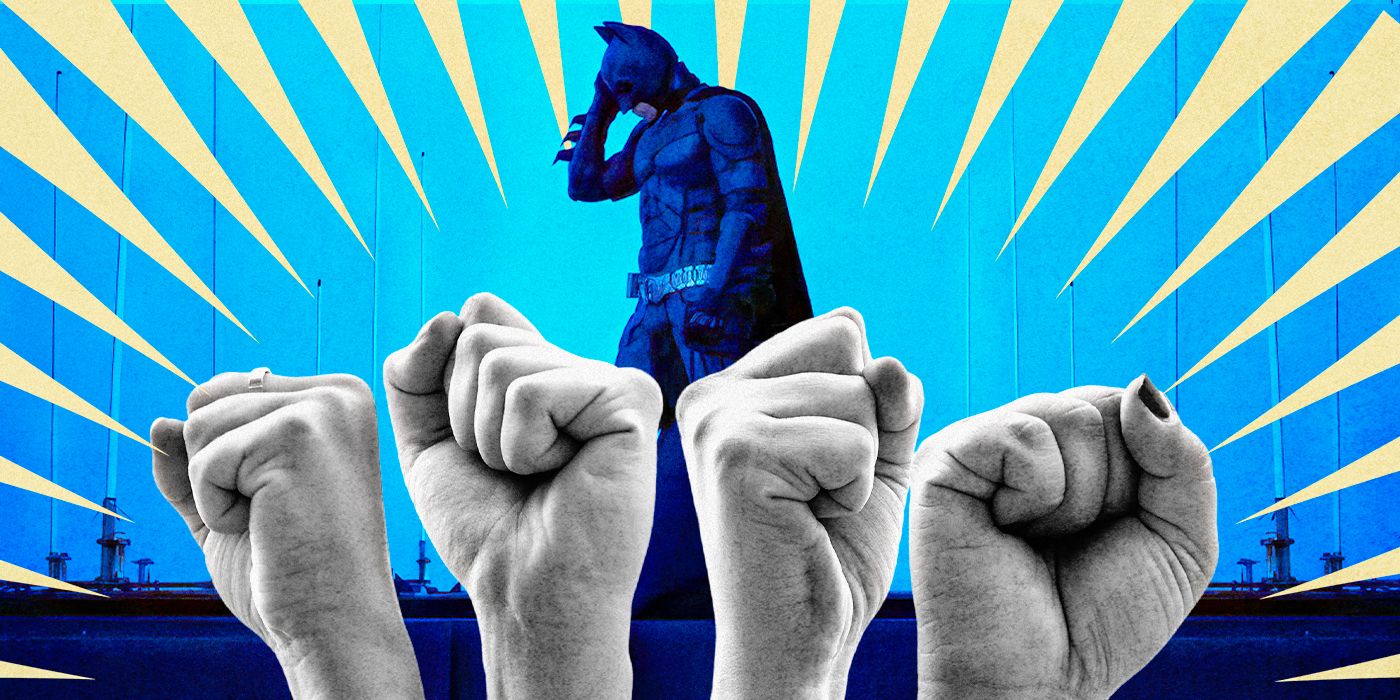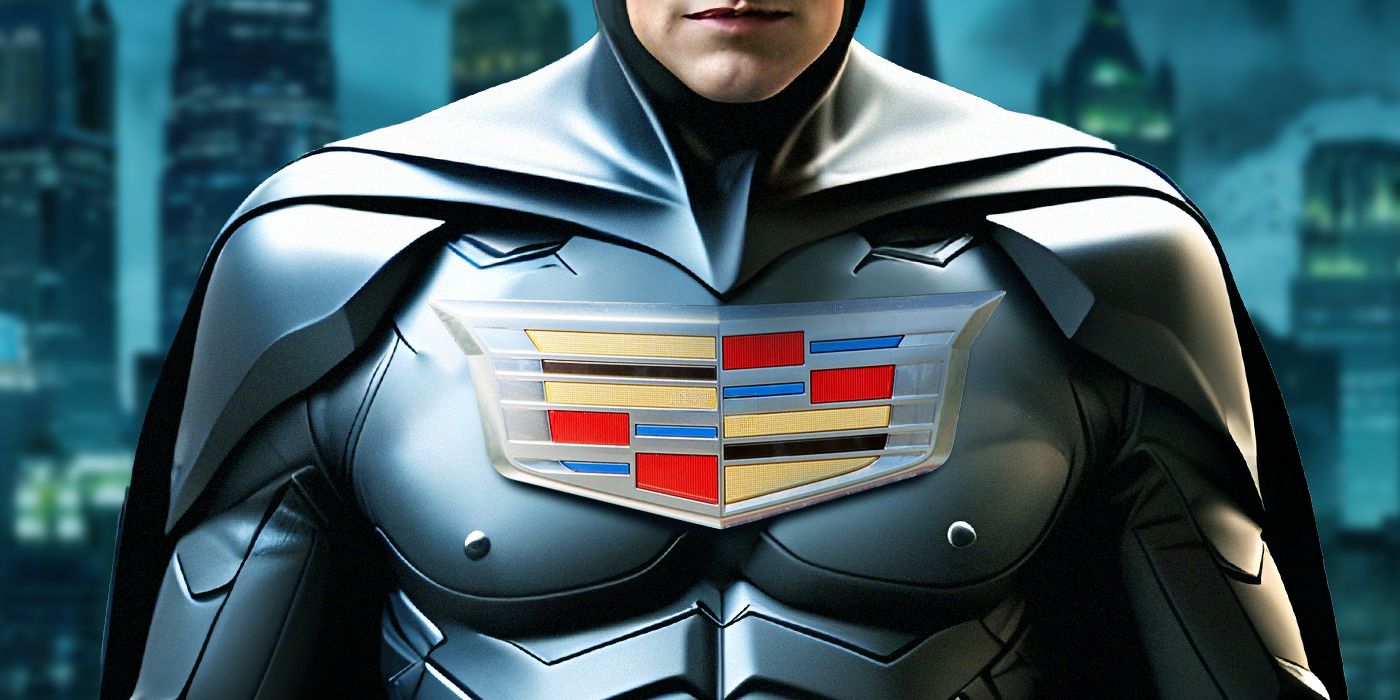The Big Picture
- Batman's cinematic history is rich and diverse, from the campy 1960s television show starring Adam West to Tim Burton's darker take starring Michael Keaton.
- The 1943 Batman serial introduced the Batmobile, a black 1939 Cadillac Series 75 convertible.
- Subsequent adaptations upgraded the Batmobile, leading to the iconic vehicle seen today.
There arguably isn’t another superhero character who has a cinematic history as fruitful as Batman. Although there have been several characters from both DC and Marvel Comics that have inspired multiple adaptations, the Batman franchise continues to excite fans, with multiple upcoming projects slated for the near future. Each generation has an actor they come to know as Batman; younger viewers may appreciate the darker take of Christian Bale’s version of the character, while older viewers may prefer the more comical version played by Adam West. However, Batman’s first onscreen appearance was in a 15-chapter film serial from 1943.
Although it hardly reaches the level of spectacle and thematic depth that later installments in the franchise would attain, the 1943 Batman serial still contains many of the character’s signature hallmarks. Lewis Wilson’s version of the masked caped crusader has the public face of being Gotham City’s secluded billionaire, whilst secretly fighting crime alongside his ward, Dick Grayson (Douglas Craft). There are several notable differences between the first serial and other adaptations. The 1943 film involves Batman working as a secret agent for the United States government, and involves him fighting Japanese agents after the bombing of Pearl Harbor. The adaptation was specially engineered to appeal to viewers based on its similarities to current events. The 1943 Batman serial also happened to feature the first version of the Batmobile.

The First Batmobile Appeared in a 1943 Serial
Although it has now become synonymous with the character’s extensive array of tools, the Batmobile underwent several conceptual reimaginings in the character’s early comic history. Batman is seen driving a slick red car in an issue of Detective Comics from 1939, but the term “Batmobile” wasn’t used for another two years. The original version of the Batmobile hardly had the extensive gadgetry that would come to dominate the character’s big screen appearances. The vehicle was distinguished by its black paint, a bat-like hood ornament, and the ability to attain advanced levels of speed.
Although the vehicle would gradually grow more extravagant within the later issues of the comics, the 1943 Batman serial featured a depiction of the Batmobile that was close to its original depiction. Rather than the customized vehicle that would appear in the popular Adam West television show, the original Batmobile was a black 1939 Cadillac Series 75 convertible. Within the context of the narrative, this makes sense; Bruce Wayne is incredibly wealthy, and can afford the highest quality model on the market. Ironically enough, Batman rarely drives the Batmobile himself; in the serial, he and Robin are chauffeured by their loyal butler, Alfred (William Austin).

The Time That an Entire Country Disapproved of Batman
Don't put the Bat signal up in this country.A Mercury Became a Batmobile in a 1949 Sequel
Although it was one of many action-adventure film serials released in the 1940s, the first Batman adaptation was successful enough to inspire Columbia Pictures to release a sequel. 1949’s Batman and Robin recast the two titular characters with Robert Lowery and Johnny Duncan, respectively; the World War II-adjacent villains were replaced in favor of a new antagonist known as “The Wizard” (Leonard Penn). Due to market constraints, Batman and Robin’s production had to cut down on accessories in order to keep the budget down, but that didn’t mean that the Dark Knight didn’t get to drive in style. In fact, 1949’s Batman and Robin featured a 1949 Mercury standing in for the Batmobile. Similar to the 1943 version, the Batmobile served as both Bruce and Dicks’ regular transportation, and the vehicle used by their superhero alter egos.
Although it was arguably far more luxurious than the Cadillac that appeared in the 1943 version, the 1949 Batmobile caused many production delays on set. According to Duncan, the vehicle was very clunky and was often damaged during the filming of the serial’s action scenes; it was reportedly replaced six times by the time that shooting was completed. Having a top-of-the-line model may have been impressive, but the 1949 Batmobile began to feel out of line with how the vehicle had begun to be interpreted in the DC comics. The new Batman comics released throughout the late 1940s featured a completely redesigned Batmobile that was signified by its customizations.
The Batmobile Evolved Across Its Screen Appearances
While both the 1943 and 1949 versions had their merits, the Batman phenomenon truly began in earnest thanks to Adam West’s starring role in the 1966 TV series of the same name. Ditching the dark noir style of the original comics altogether, the Batman television series featured a more comical depiction of the character, and frequently featured comic one-liners and gloriously over-the-top villains. A new Batmobile was created by custom car designer George Barris, who drew from a one-off 1955 Lincoln Futura concept car from the Ford Motor Company. Although the design may have originated as an available model, it was important to make sure that Batman’s vehicle of choice was exclusive to him.
With its slick new colorization, internally mounted rockets, and advanced power thrust, the new Batmobile was far more advanced than both the Cadillac and Mercury had been. The vehicle’s capabilities would develop over the course of the series, as Batman would reveal new gadgets specifically geared to taking down the series’ eclectic cast of villains. The campy style of the Batman television series began to influence the characters’ comic book depictions. Later versions of Detective Comics in the “Silver Age of Comics” in the late 1960s featured a modified custom Batmobile that paralleled the version from the TV series.
Among the many changes that Tim Burton made to the character in 1989’s Batman was taking a darker approach to the material that ditched the campiness that had been intrinsic to the 1960s television show. The stealthy Batmobile in both Batman and Batman Returns was built on a Chevrolet Impala classic, and featured a grappling hook, machine guns, smoke emitters, and armor plates reminiscent of military vehicles. It became one of the most acclaimed versions of the vehicle to date. Although newer iterations of the Batmobile would evolve into something even more intimidating (think Batfleck's battle-ready tank), the newest Batmobile is reminiscent of Burton's classic. 2022's The Batman features a Batmobile that's a sleek, more modern spin on the 1989 vehicle. It's hard to believe after so many wildly different variations of the iconic Batmobile, it all started with a simple Cadillac.
Tim Burton's Batman is available to stream on Prime Video in the U.S.

